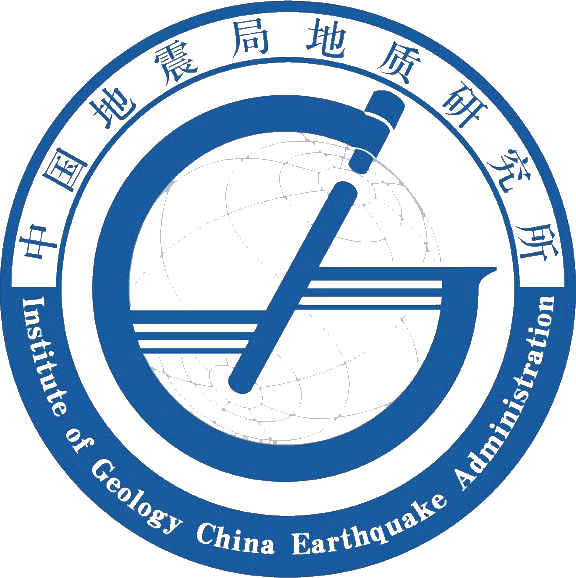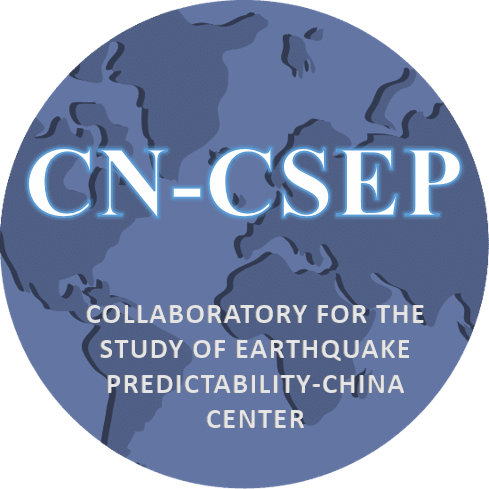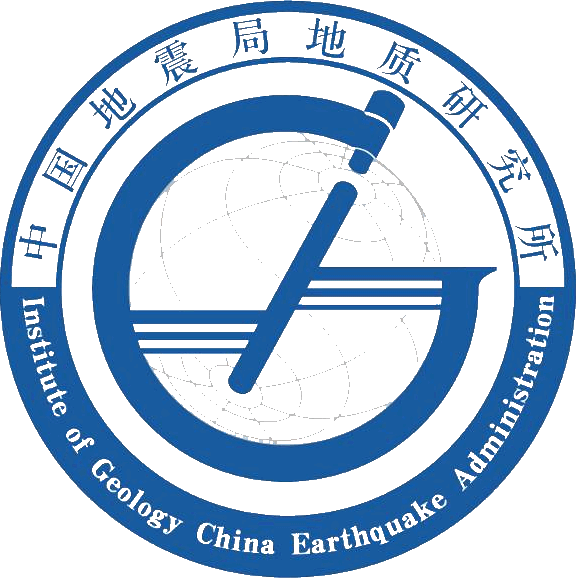


Earthquake prediction remains a major scientific challenge. However, there have been remarkable achievements in the long history of earthquake prediction, including the successful prediction of Haicheng M7.3 earthquake in Liaoning Province, Northeast China, on February 4, 1975. This was the first successful imminent prediction of a large earthquake which played a crucial role in mitigating regional earthquake disasters. The prediction demonstrated that, facing the threat of earthquakes, science and technology can make constructive contributions. Half a century has passed, and there have been significant advances in both the study of earthquake predictability and its application in Disaster Risk Reduction (DRR), as well as new technologies which are potentially useful for monitoring, modeling, and assessing seismic hazards at different spatio-temporal scales. Taking the opportunity of the 50th anniversary of the successful prediction of the Haicheng earthquake, to promote the modernization of earthquake prediction for earthquake DRR, China Earthquake Administration (CEA), in cooperation with International Association of Seismology and Physics of the Earth’s Interior (IASPEI), APEC Cooperation for Earthquake Science (ACES), Collaboratory for the Study of Earthquake Predictability (CSEP) China Center (CN-CSEP), and the Young Earth Scientists Network in China (YESChina), is organizing the International Symposium on Earthquake Forecasting to Commemorate the 50th Anniversary of the 1975 Haicheng M7.3 Earthquake on 8-11 July, 2025 in Shenyang, Liaoning, China.














